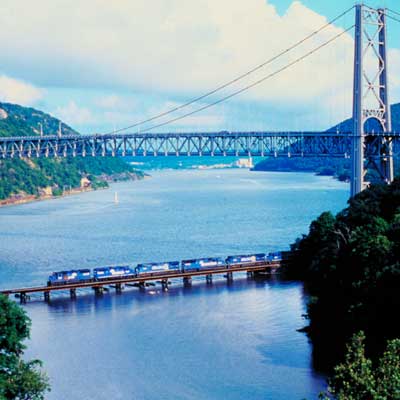Monday, August 6, 2007
DOT Updates re: I-35 W Bridge Collapse
The Secretary of Transportation has requested that the Inspector General of the Department of Transportation perform a rigorous review of the National Bridge Inspection Program. http://www.dot.gov/affairs/dot7507.htm
The most recent (2006) inspection report of the I-35 W bridge by Minnesota Department of Transportation (MN-DOT), containing detailed descriptions of the cracks found in certain areas of the bridge is available at:
http://www.dot.state.mn.us/i35wbridge/pdfs/bridge_inspection_report_06-15-06.pdf
Minnesota DOT has also provided a detailed condition report on the bridge, completed in 2006, includes pictures of the flaws, cracks, and defects in the bridge that the inspectors found. The report is available at: http://www.dot.state.mn.us/i35wbridge/pdfs/06fracture-critical-bridge-inspection_june-2006.pdf
The most recent (2006) inspection report of the I-35 W bridge by Minnesota Department of Transportation (MN-DOT), containing detailed descriptions of the cracks found in certain areas of the bridge is available at:
http://www.dot.state.mn.us/i35wbridge/pdfs/bridge_inspection_report_06-15-06.pdf
Minnesota DOT has also provided a detailed condition report on the bridge, completed in 2006, includes pictures of the flaws, cracks, and defects in the bridge that the inspectors found. The report is available at: http://www.dot.state.mn.us/i35wbridge/pdfs/06fracture-critical-bridge-inspection_june-2006.pdf
Subscribe to:
Post Comments (Atom)


4 comments:
In many undergraduate physics texts the Tacoma Narrows bridge disaster of 1940 is presented as an example of *forced resonance* of a mechanical oscillator, with the wind providing an external periodic frequency that matched the natural structural frequency.
This hypothesis was rejected by the authors of an article in The American Journal of Physics_, 59 (2), February 1991, pp 118 -- 12: “ Resonance, Tacoma Narrows bridge failure, and undergraduate physics textbooks”
They formulated the hypothesis that the ultimate failure of the bridge was in fact related to an aerodynamically induced condition of self excitation or negative damping in a torsional degree of freedom. The aero elastic phenomenon involved was an interactive one in which developed wind forces were strongly linked to structural motion.
Is it possible that a similar mechanism underlies the I-35W bridge disaster?
Is it possible that the external periodic frequency was provided by rhythmic stimulation of cars on the bridge?
it's hard to imagine that the traffic could get into a rhythm with the frequency of the bridge. but i did wonder if the jack-hammers did hit a frequency of the center pier in the river. even though it is considered maintenance, these activities should be evaluated with respect to the known flaws in the structure.
If there is a possibility of traffic matching the frerquency of the bridge we would have seen many more similar failures. http://www.dot.state.mn.us/i35wbridge/pdfs/06fracture-critical-bridge-inspection_june-2006.pdf
This article shows how poorly that bridge was maintained. This report has outlined numerous concerns which needed to be addressed immediatly, is there any information on the response action. If there was any response action, it would have been documented and the state would have already announced that those measures were taken, and since no such announcement was made, I think this is purely related to the structural failure of the truss, mainly due to corrosion, missing bolts, and preexisting fatigue cracks which caused increased fatigue loads on top of the already increased fatigue loads due to excessive traffic than what the bridge was designed for.
Excellent team! Thanks for usefull informations!
Post a Comment